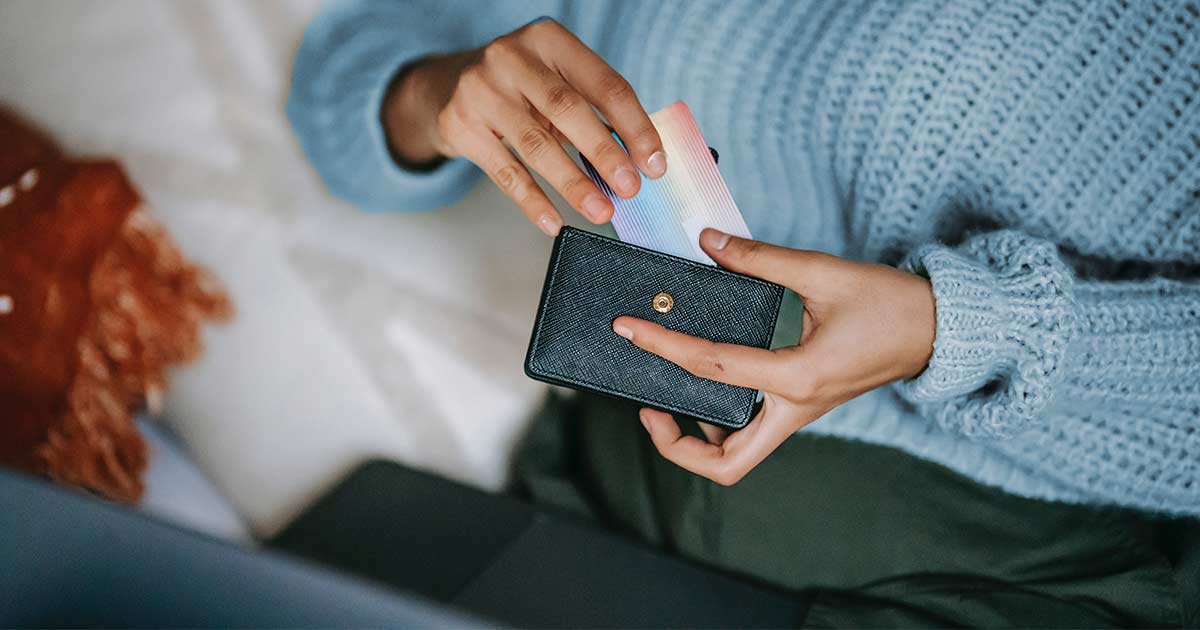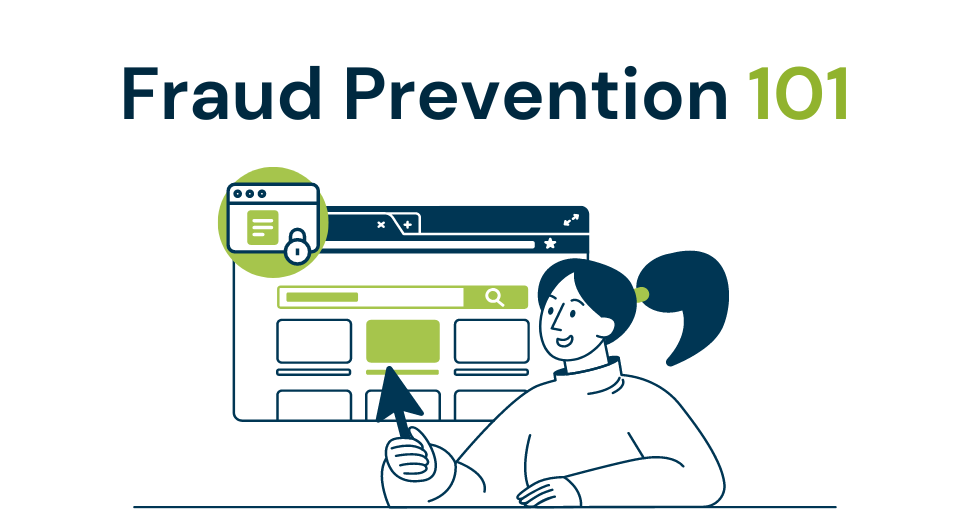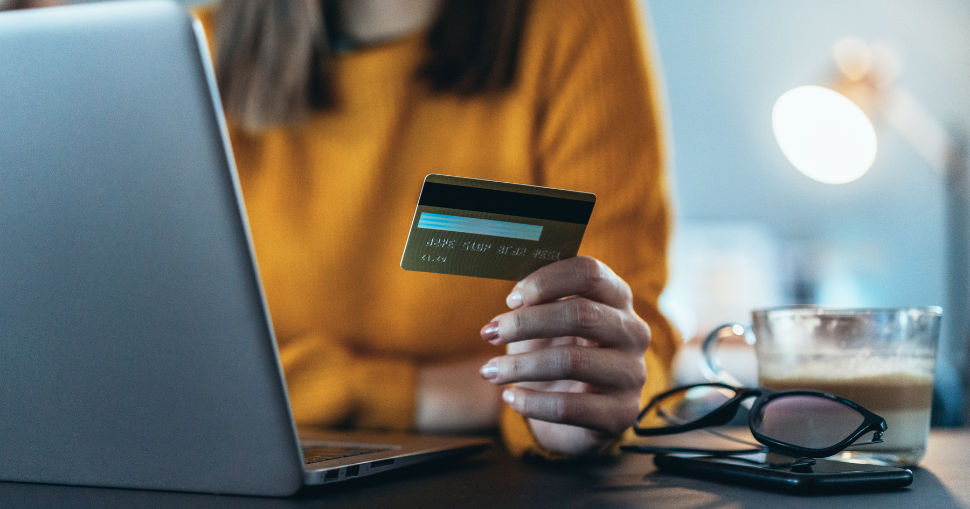Whilst looking for case studies to track digital and mobile wallets and how they impact retail, sales and life in general, we found one that made us smile. The Girl Scouts seem to be adept at more than just camping. In America, the average number of cookies sold per transaction increased from four to five last year when using mobile payments.
According to Sage Mobile Payments, a Girl Scouts partner for several years, nearly 30 Girl Scout councils and more than 3,800 troops across the United States are selling cookies using mobile payments. Think of it. How often are you approached to donate money or make an unexpected purchase, and you don’t have enough cash or forgot your wallet at home? Mobile payments change all of that. You can now make payments wherever you go, to whatever amount you wish, as long as you have your mobile at hand. And the Girl Scouts were all over this like a rash.
Philanthropic reasons aside, there are various other good reasons digital wallets are gaining popularity. Before we get into that, let’s look at how popular they are and how much they’re growing.
According to eMarketer, more than 1 billion people worldwide will use a mobile payment app to pay in-store at least every six months. In the UK alone, 77% of consumers have swapped their physical wallets for mobile payments. According to Visa, 43% of British consumers feel as comfortable buying high-value items, like vacations and electronics, on a mobile device as they do small transactions.
Digital wallets vs mobile wallets
At first glance, digital wallets and mobile wallets seem the same. But they’re not. A digital wallet is software that electronically stores credit and debit card numbers, loyalty card details etc., in the cloud. You can access these details from a laptop, tablet or phone. A mobile wallet sits on your smartphone and allows you to ‘tap and pay’ or scan a QR code with a smartphone, smartwatch or fitness tracker.
It is clear that digital and mobile wallets will grow in popularity to become the de facto payment methods in future.
Biometric banking
The use of digital and mobile wallets has catapulted for various reasons. The pandemic contributed largely to users accepting contactless payments much faster than before. Another reason is security. Passwords and pins have become the bane of our modern lives. Considering all the apps you use, your cell phone, smart homes, and security systems all need pins and passwords. It takes a photographic memory to remember them all. Biometric authentication takes the pain out of pins and passwords. You can access everything by simply using your face, fingerprint or voice. It’s simple, safe and convenient. The benefits stretch further than consumers. Merchants can provide seamless payment solutions and create customer loyalty by offering their preferred payment options.
The benefits of digital wallets stretch further than convenience and security. The golden nugget is consumer data. Merchants can analyse buying patterns, the regularity of purchases, when consumers spend, and preferred payment methods. The sky’s the limit. This data can inform marketing campaigns, supply chains, labour decisions and just about anything that relies on logistics.
Digital and mobile wallets are here to stay. They are likely to become more sophisticated with time. The benefits will, however, remain constant.
Speaking of mobile wallets. Did you know that Truevo recently introduced Apple Pay? If you want to stay abreast of consumer trends and be one of the first to market, speak to Truevo. We can’t wait to do the future with you.



